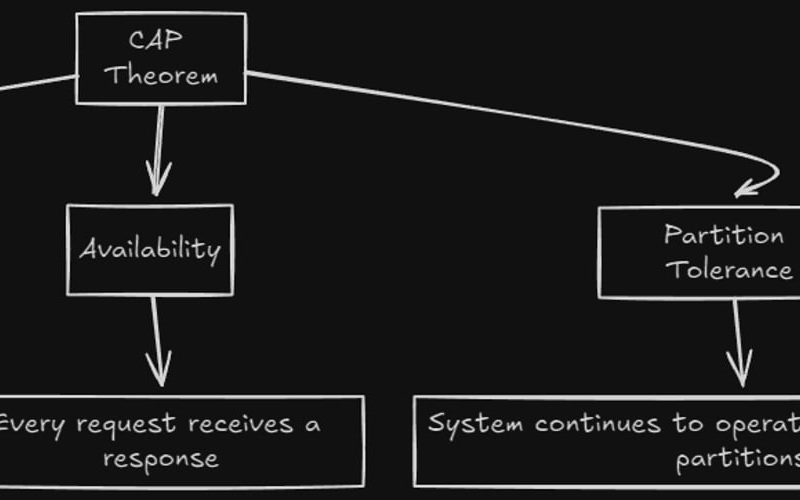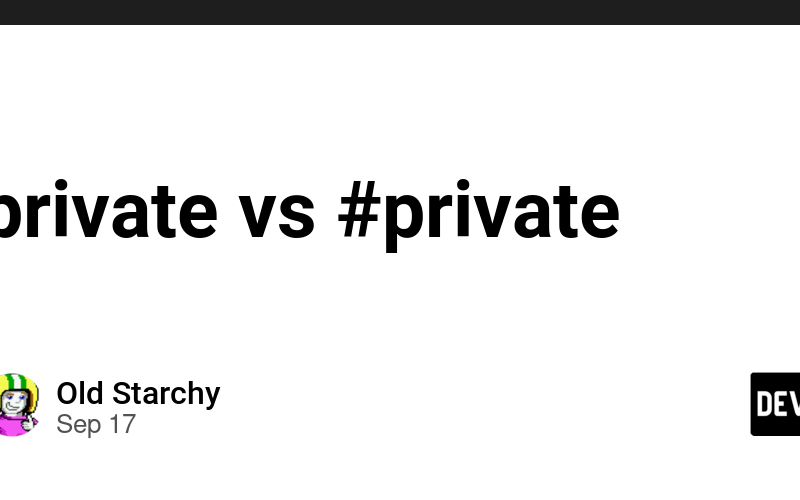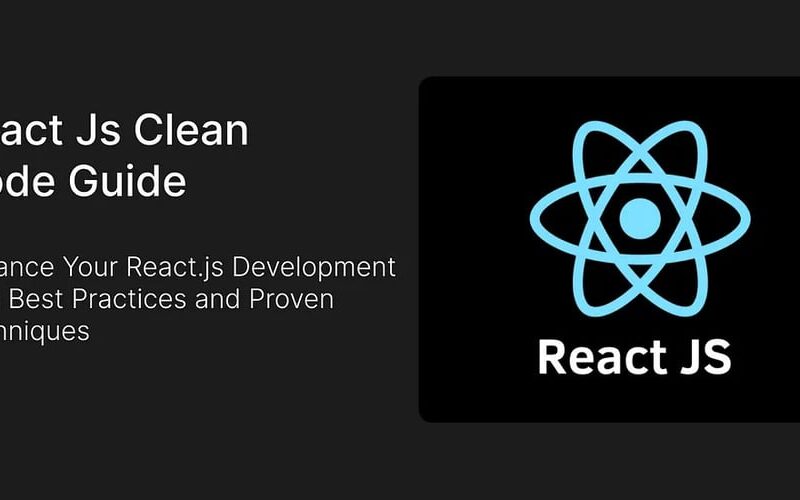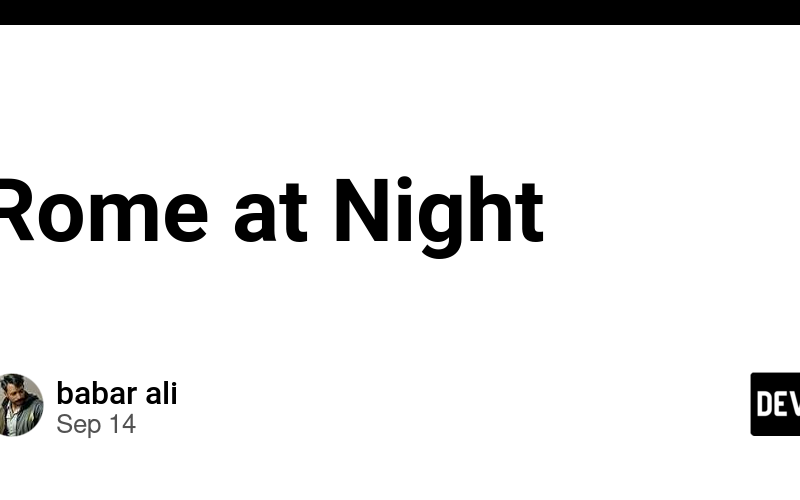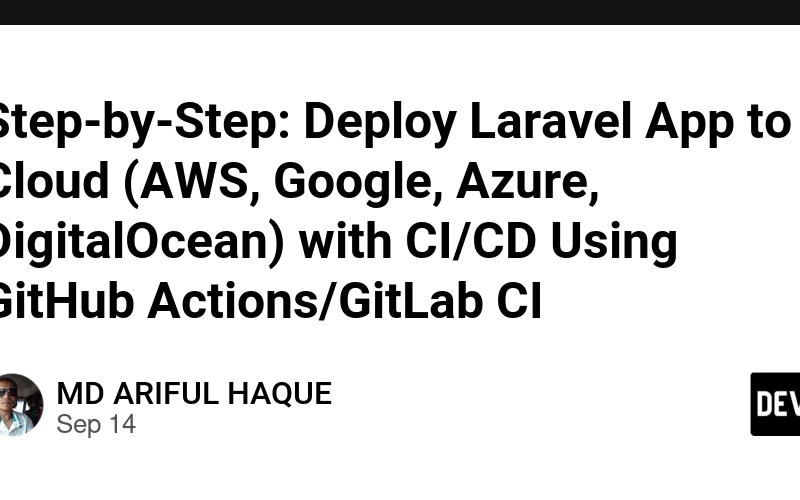18
Sep
Imagine you and a friend are watching the same live football match but on different devices. One device shows the final whistle has blown, while the other still displays a tense final minute on the clock. Frustrating, right? This seemingly simple scenario highlights a fundamental concept in distributed systems: the CAP theorem. Before we dive deeper into trade-offs and debates regarding the CAP theorem let's first understand what CAP stands for: consistency: consistency in CAP theorem(different than the consistency in ACID) stands for the guarantee that the read receives the most recent write. Availability: Guarantee that a read returns data…

